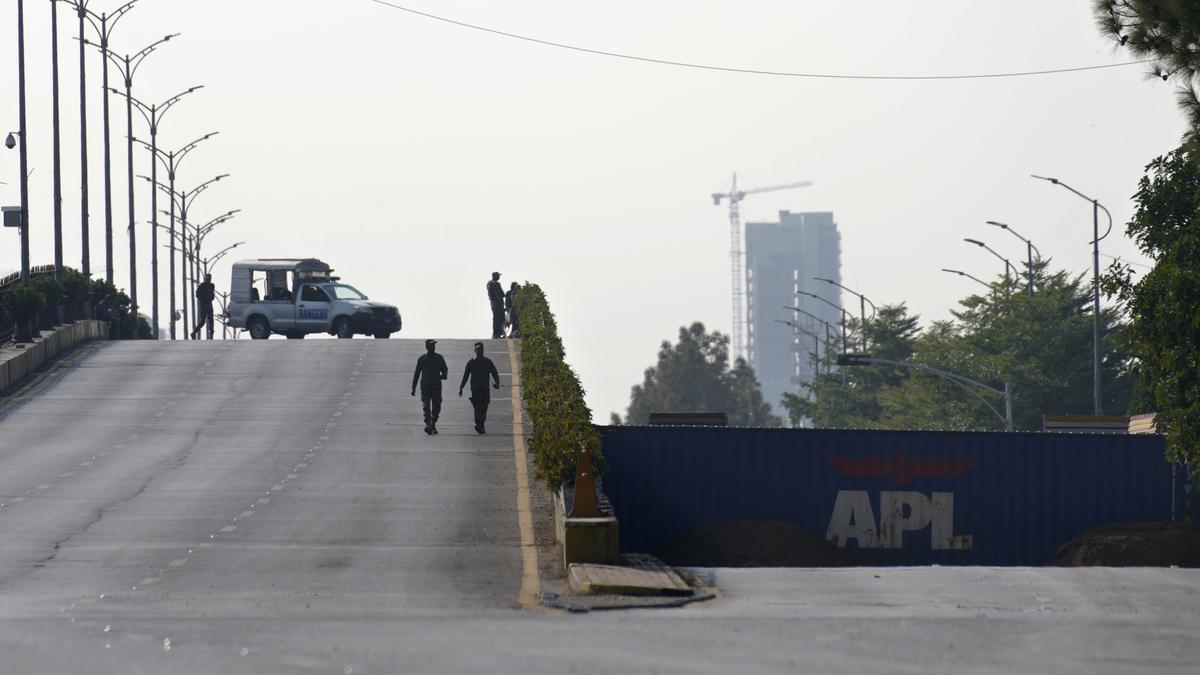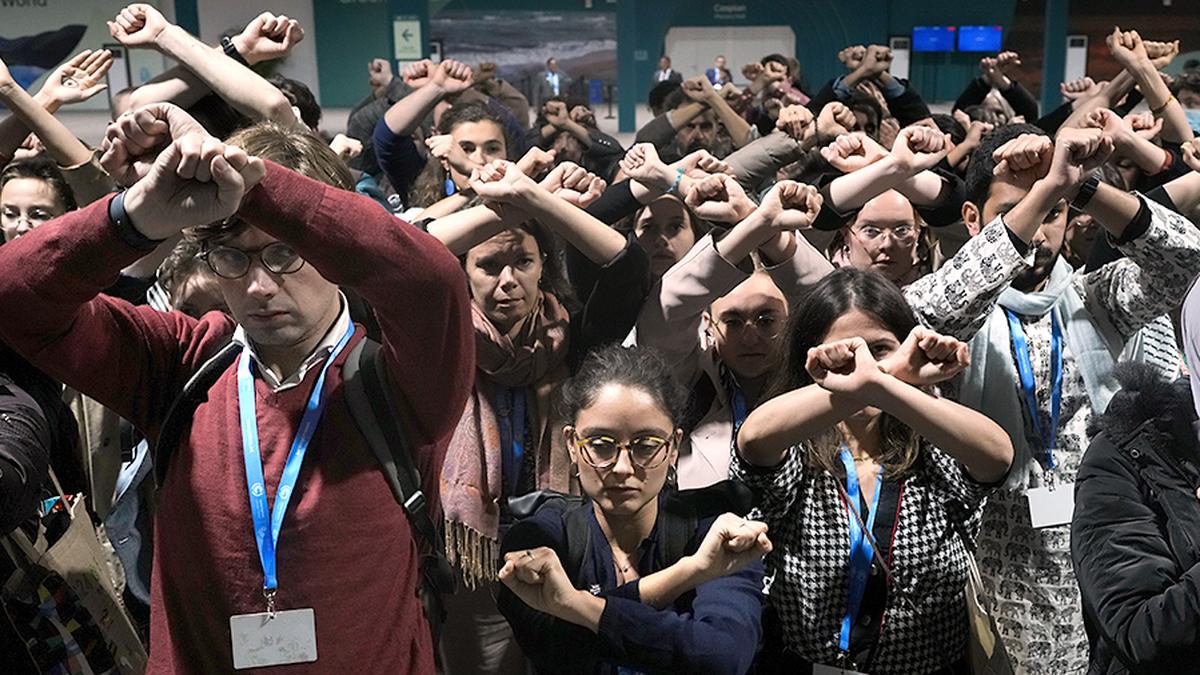The story so far:
The total expenditure for U.S. presidential and Congressional elections in November 2024 is estimated at around U.S. $16 billion (equivalent to ₹1,36,000 crores). According to the Centre for Media Studies (CMS), the total expenditure by various political parties for the general election to Lok Sabha this year was around ₹1,00,000 crores.
What are the limits in India?
The election expenditure limit for candidates is ₹95 lakh per Lok Sabha constituency in larger States and ₹75 lakh in smaller States. With respect to Legislative Assemblies, they are ₹40 lakh and ₹28 lakh for larger and smaller States respectively. These limits are set, from time to time, by the Election Commission (EC). There are no limits on the expenditure of political parties during elections.
What are international standards?
In the U.S., the financing for elections happens primarily by contributions from individuals, corporations, and political action committees (PAC). While there are limits on individual and PAC contributions to candidates, various judgments of the U.S. Supreme Court have resulted in the creation of Super PACs on which there are no limits for spending. Out of the estimated expenditure in the November 2024 election cycle, around $5.5 billion is estimated to be spent on the presidential election. The balance is around $10.5 billion on elections to the House of Representatives and Senate of the U.S. Congress. This humungous raise is due to large donations by organisational donors and Super PACs.
In the U.K., a political party is allowed to spend £54,010 for each constituency they contest. This translates to a limit of £35 million for parties contesting all constituencies. There are also limits placed on candidates’ spending during the campaign period. It translates, per constituency, to an average of £46-49,000 during the long campaign period (beginning five months before the full term of the House of Commons ends) and £17-20,000 during the short campaign period after elections are announced.
What are the challenges?
Elections across the world democracies have become very expensive. Such increased expenditure that is met primarily through large donations creates an unholy nexus between the elected representatives and donors who seek favours. This acts as an entry barrier into electoral politics for many well-meaning citizens.
In India, candidates from all major political parties breach the election expenditure limits by a wide margin. Further, there are no limits on political party spending during elections. The official expenditures declared by the BJP and Congress for the 2019 election were ₹1,264 crores and ₹820 crores, respectively. However, according to a report by the CMS, ₹50,000 crore was spent by various parties during the 2019 election.
The report suggests that 35% of this money was spent on campaigns and publicity, while 25% was illegally distributed among voters. The CMS has estimated that spending during the 2024 election by various political parties was close to ₹1,00,000 crores. Such inflated election expenditure fuels corruption, resulting in a vicious cycle.
What can be possible reforms?
The Indrajit Gupta Committee (1998) and the Law Commission report (1999) have advocated for State funding of elections. This would mean the government partially bears the election expenditures of candidates nominated by recognised political parties. However, the feasibility and mechanism for implementing this measure are doubtful in the present context.
Simultaneous elections are touted as a panacea for addressing the issue of rising election expenditures. There are challenges on account of principles of federalism and constitutional amendments to this idea that need to be debated. It must also be noted that this mechanism may rein in campaign and publicity expenditure to some extent. However, without curbing the illegal distribution of cash to voters, any form of simultaneous election will not have a significant impact on election expenditure.
In this regard, certain practical steps to create a level playing field regarding election expenditure can be implemented if there is political will. These are based on the EC’s 2016 report on ‘Proposed Electoral Reforms.’. Firstly, the law must be amended to explicitly provide that ‘financial assistance’ by a political party to its candidate should also be within the candidate’s prescribed election expenditure limits. Secondly, there should be a ceiling on political party expenditures. This may be kept at not more than the expenditure ceiling limit provided for a candidate multiplied by the number of candidates of the party contesting the election. Finally, additional judges may be appointed in High Courts for the speedy disposal of election-related cases, which would act as a deterrent against violating these norms. These reforms would require bipartisan political support and need to be expeditiously implemented.
Rangarajan R. is a former IAS officer and author of ‘Polity Simplified’. Views expressed are personal.
Published – October 28, 2024 10:45 pm IST




